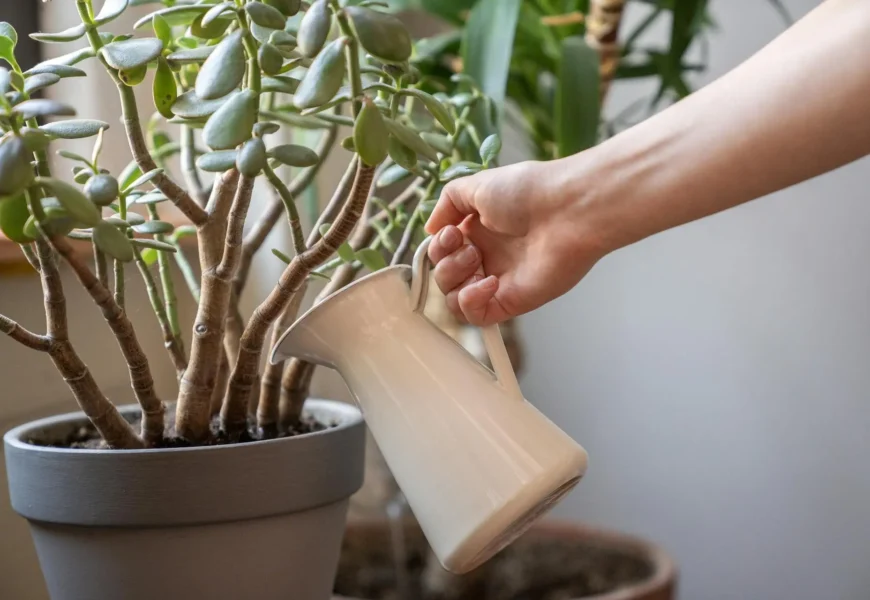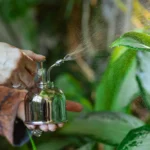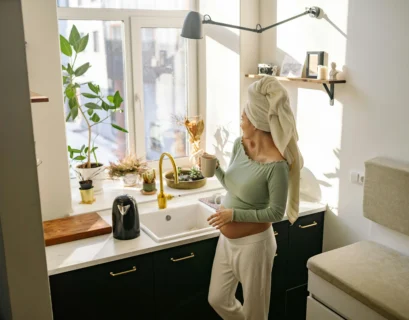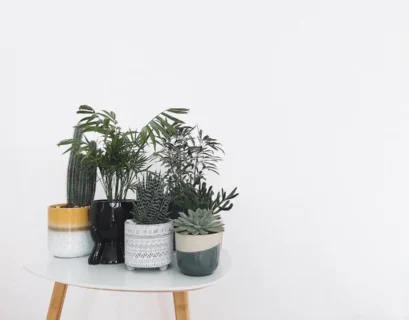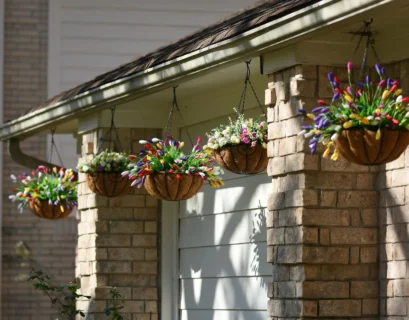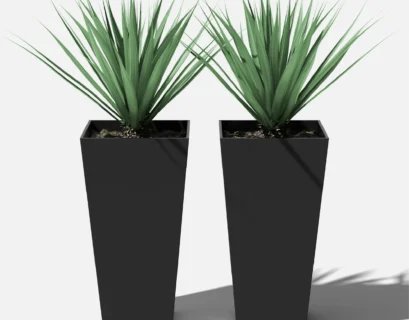Self-watering planters have revolutionized the way we nurture our green companions, offering a convenient solution for busy plant parents or those prone to forgetful watering habits. But have you ever wondered about the magic behind these ingenious planters? Let’s embark on a journey into the science of self-watering planters and unravel the mysteries behind their functionality.
Understanding the Basics
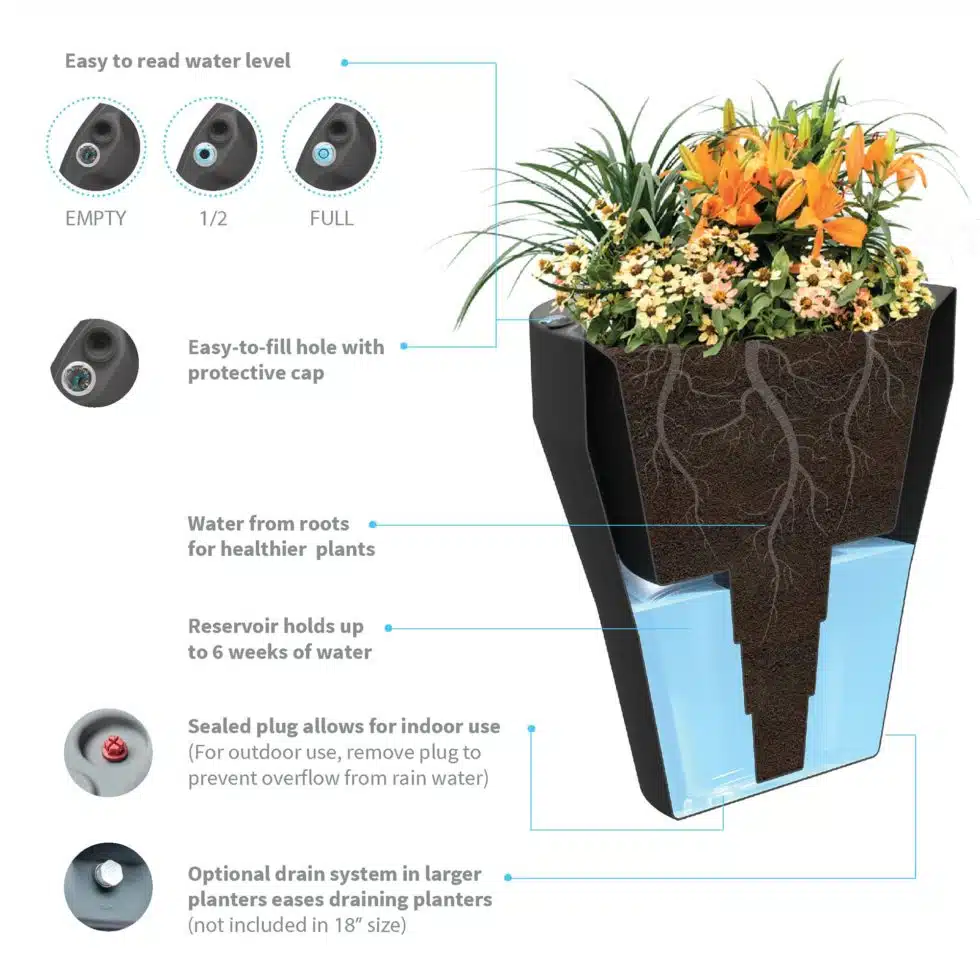
At the heart of self-watering planters lies a simple yet effective mechanism designed to mimic the natural hydration process of plants. Unlike traditional pots, which rely on sporadic manual watering, self-watering planters maintain a consistent moisture level in the soil, promoting healthier growth and reducing the risk of over or under-watering.
Water Reservoirs: A Reservoir of Life
One of the key components of self-watering planters is the water reservoir, a chamber located at the base of the planter designed to store water. This reservoir acts as a lifeline for your plants, providing a continuous supply of moisture to the roots as needed. The size of the reservoir may vary depending on the planter’s design and capacity, but its primary function remains consistent—to sustain plant hydration between waterings.
Wicks: Nature’s Plumbing System
But how does the water from the reservoir reach the plant’s roots? Enter the humble wick—a small, porous material that serves as nature’s plumbing system within the planter. Typically made of materials like cotton or nylon, the wick absorbs water from the reservoir through capillary action and transports it upwards to the soil where the plant’s roots eagerly await their nourishment.
Pro Tip: Choosing the right wick material is crucial for optimal performance. Look for durable, absorbent materials that can withstand prolonged moisture exposure without degrading.
Indicators: Keeping Tabs on Hydration Levels
Maintaining the perfect balance of moisture is essential for plant health, and self-watering planters come equipped with built-in indicators to help you monitor hydration levels with ease. These indicators, often in the form of a water level gauge or viewing window, provide visual cues to indicate when it’s time to refill the reservoir, ensuring your plants never go thirsty.
The Symbiotic Relationship
The beauty of self-watering planters lies in their ability to create a symbiotic relationship between plants and technology. By harnessing the principles of hydrology and capillary action, these planters simulate the natural moisture cycle found in the wild, delivering water directly to the roots where it’s needed most. This harmonious blend of nature and innovation ensures that your plants receive the care they deserve, even in your absence.
Stay tuned for the next installment where we’ll explore the environmental impact of self-watering planters and whether they truly live up to their eco-friendly reputation.
In the meantime, if you’re eager to dive deeper into the world of plant parenthood, check out our guide on Houseplant Parenthood Made Easy: 10 Tips for Beginners to Thrive, and discover the joys of nurturing happy houseplants.
Environmental Considerations
While self-watering planters offer undeniable convenience and efficiency, it’s essential to consider their environmental impact. As advocates for sustainable living, we must evaluate whether these modern marvels align with our eco-conscious values.
Eco-Friendly or Not?
One of the primary arguments in favor of self-watering planters is their potential to conserve water. By delivering moisture directly to the plant’s roots, these planters minimize water wastage typically associated with traditional watering methods. Additionally, their self-regulating system reduces the likelihood of over-watering, further conserving this precious resource.
However, the environmental benefits of self-watering planters extend beyond water conservation. By promoting healthier plant growth and reducing the need for frequent repotting, these planters contribute to the longevity of houseplants, ultimately reducing waste associated with plant replacements.
Pro Tip: To enhance the eco-friendliness of your self-watering planters, opt for models made from sustainable materials such as recycled plastics or biodegradable fibers.
A Holistic Approach to Sustainability
While self-watering planters offer promising environmental advantages, it’s essential to adopt a holistic approach to sustainability. Consider integrating your plant care routine with other eco-friendly practices to minimize your environmental footprint further.
For example, aligning your watering schedule with natural rhythms, as discussed in Morning Magic: The Best Time to Water Your Indoor Plants, can optimize water absorption and reduce the need for artificial irrigation. Likewise, selecting long-lasting houseplants, as outlined in Thrive Indoors: The Ultimate Guide to Choosing Long-Lasting Houseplants, can minimize plant turnover and waste generation.
Conclusion: Finding Balance
In conclusion, the science behind self-watering planters offers a fascinating glimpse into the intersection of nature and technology. While these innovative planters provide practical solutions for busy plant parents, it’s crucial to evaluate their environmental impact and strive for a balance between convenience and sustainability.
By adopting eco-friendly practices and mindful consumption habits, we can harness the benefits of self-watering planters while minimizing their ecological footprint. Together, let’s nurture happy houseplants and blooming beauties in harmony with the planet.
For more insights on sustainable plant care and green living tips, explore our collection of articles at SproutFolk.

